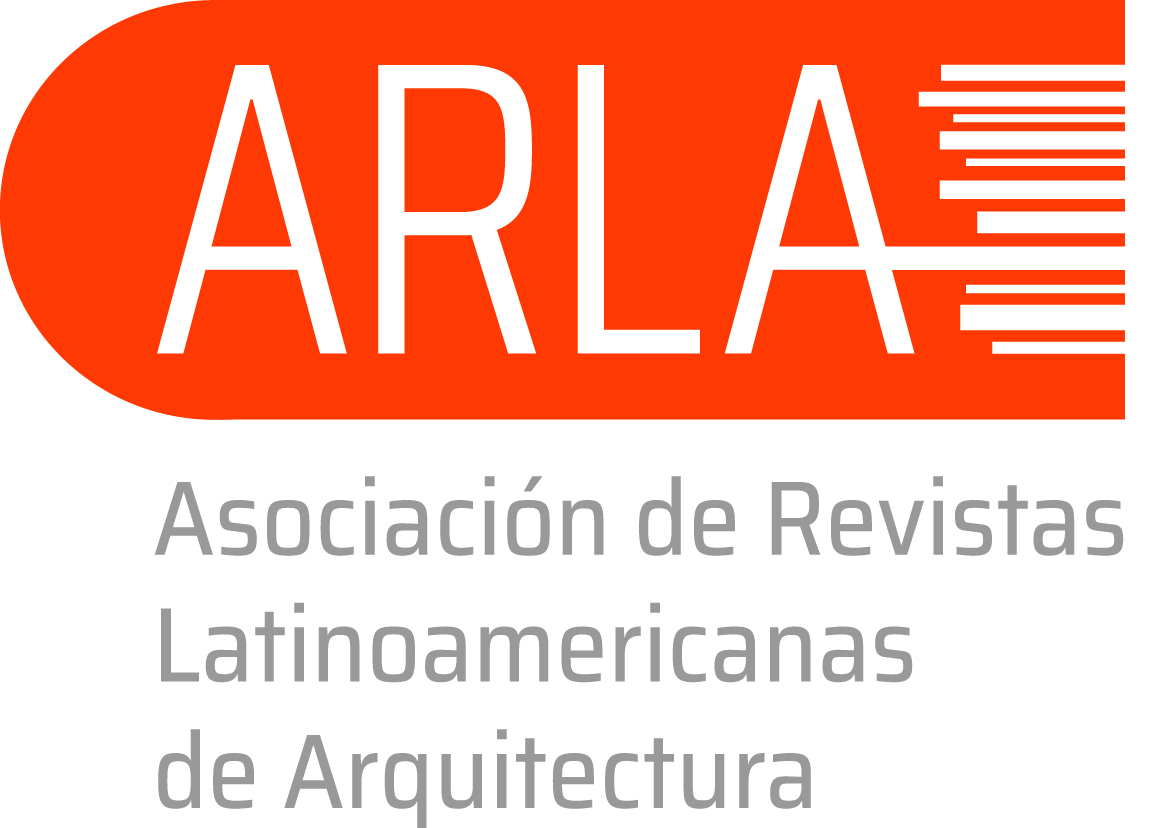Social housing from the perspective of architectural design and socio-urban inclusion
DOI:
https://doi.org/10.56294/la2026294Keywords:
Architecture, Housing, Social interest, Architectural design, Socio-urban inclusionAbstract
Objective: To analyze proven and conceptual studies on social housing (VIS), focusing on understanding how these dwellings respond to the housing needs of vulnerable sectors, considering aspects such as quality, sustainability, accessibility and social integration.
Methodology: Narrative review based on the collection and analysis of journal articles, surveys and relevant technical documents on SIV. A mixed method with qualitative predominance is applied, including documentary reviews of regulations and historical records, as well as chronological systematization tables and statistical analysis, to assess the quality of design and other aspects of housing.
Results: The VIS play a fundamental role in providing decent housing, but face significant challenges related to construction quality, urban integration, sustainability and community participation. It was found that many homes have been built without adequate technical support, have poor interior spaces and are located in environments with social marginalization and urban disintegration.
Conclusions: The need to improve VIS with more flexible and quality solutions that consider the economic capacity of the users, encourage self-construction and progressivity, and integrate sustainable practices and resident participation to achieve a long-term positive impact on social equity and quality of life.
References
1. Adewale, B. A. (2020). Apego al lugar en los barrios marginales urbanos de Nigeria: evidencia del centro de la ciudad de Ibadan. https://www.sciencedirect.com/.
2. Muñoz, L. A. (2019). Una estética de la Vivienda de Interés Socia.
3. Velasteguí, A. (2016). Análisis de factibilidad para la construcción de un conjunto habitacional de interés social en el Barrio San Antonio de la Laguna de la ciudad de Riobamba, Provincia de Chimborazo. http://dspace.espoch.edu.ec/handle/123456789/6062.
4. Chávez, M. P. (2018). Impact on the direct Costs of Social Interest and Priority interest Housing by including new Construction Standards. revistas.unal.edu.
5. Velasteguí, L. (2019). Conjunto habitacional de interés social para el barrio san antonio en riobamba. Análisis de factibilidad. scielo .
6. Laiton-Suárez, M. P. (2017). Prototipos flexibles : proyecto habitacional en el barrio popular Buenos Aires (Soacha). revistadearquitectura.ucatolica.
7. Ortiz, F. E. (2015). Habitar una vivienda de interés social en la periferia urbana. http://www.scielo.cl/scielo.php?script=sci_serial&pid=0718-8358&lng=es&nrm=iso.
8. Loro, A. V. (2018). Obstáculos epistemológicos en urbanismo. https://revistas.javeriana.edu.
Published
Issue
Section
License
Copyright (c) 2026 Lida Priscila Quispe Sullca, Juan Alberto Almirón Cuentas, David Hugo Bernedo-Moreira, Rafael Romero-Carazas (Author)

This work is licensed under a Creative Commons Attribution 4.0 International License.
The article is distributed under the Creative Commons Attribution 4.0 License. Unless otherwise stated, associated published material is distributed under the same licence.






